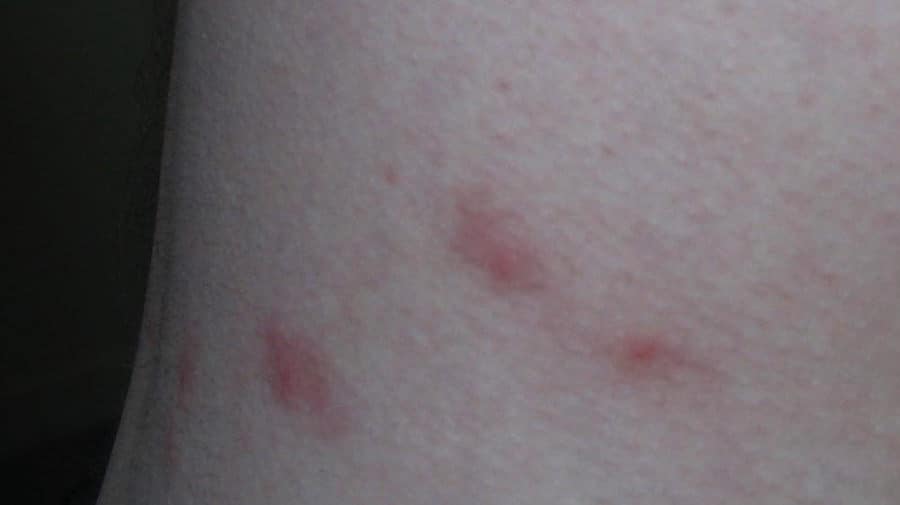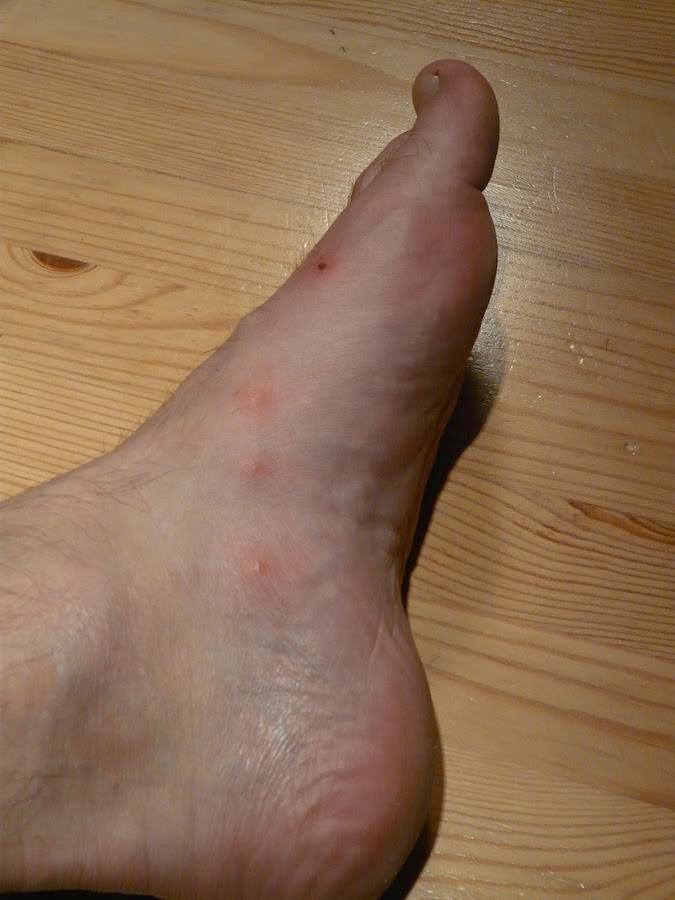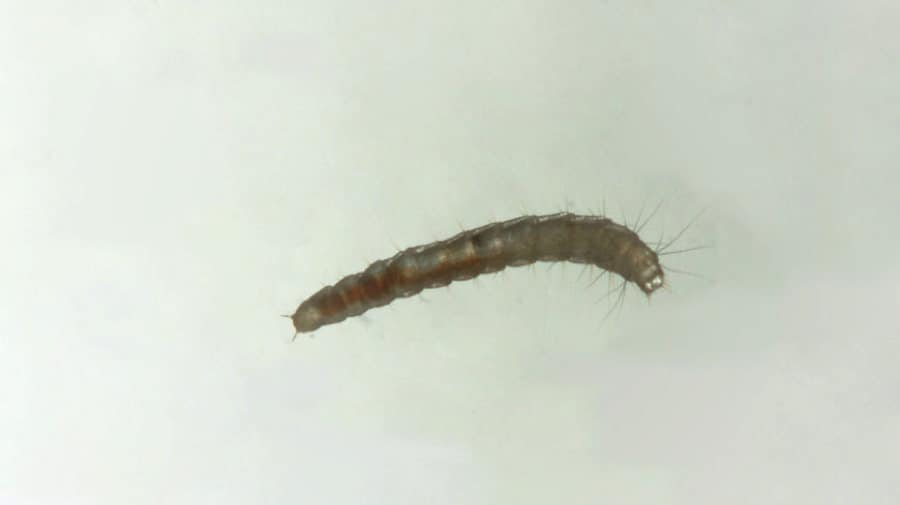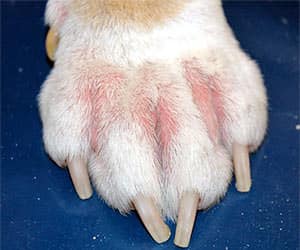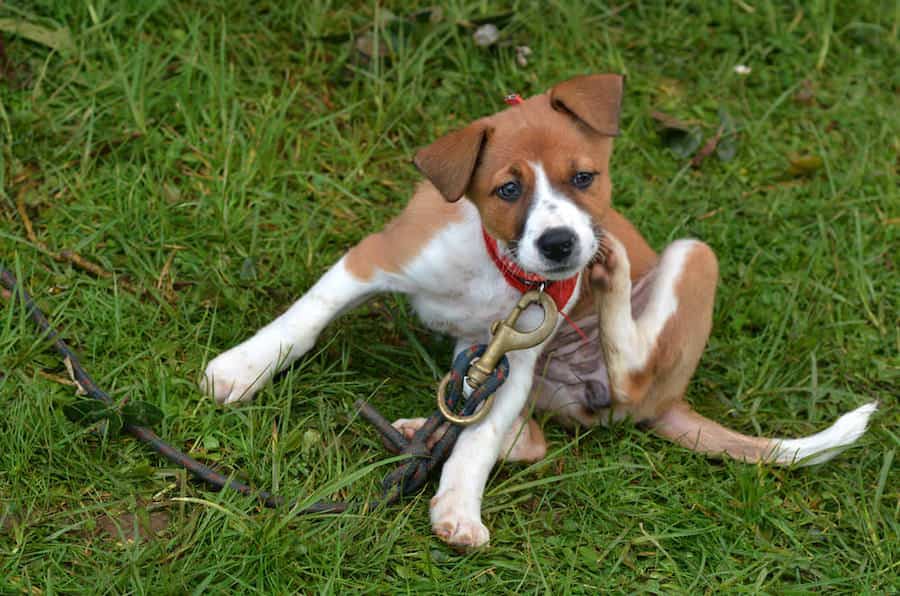What To Do If Your Dog Has Fleas
Fleas are one of the most commonly reported issues of concern among pet owners throughout the United States. Not only can these bloodsucking parasites irritate your pet’s skin, they can also transmit diseases. In this article, you will learn all about what to do if your dog has fleas.
You will discover the various ways your dog can pick up fleas and how to prevent this from happening. We will also detail the telltale signs that your pet might be suffering from a flea infestation. Finally, you will get to know what your options are to get your dog flea-free.
How Do Dogs Get Fleas?
Your dog can pick up fleas in quite a few ways. Wild animals such as opossums can bring fleas into your yard. If the animal sets up a nest underneath your porch, for example, it can create a hotspot for fleas. If your yard is infested with fleas, your dog can easily pick them up during his time outside.
Similarly, directly interacting with wild or stray animals that are severely flea infested can increase your dog’s chances of contracting fleas. Your companion can also acquire fleas from high-risk environments. For example, dogs that are living in communities such as boarding kennels are at a much higher risk for contracting fleas.
Certain areas outdoors can also be endemic sites for fleas. Patches of heavy vegetation are ideal habitats for fleas to breed in. Your dog could pick up fleas on a walk through high grass or thick bushes and bring them into your home. Unfortunately, fleas are built to be capable of easily attaching to hosts.
They are wingless insects, meaning they get around by jumping. The adults are capable of leaping up to 200 times the length of their bodies, both horizontally and vertically. They also possess special hairs that allow them to stay stuck to your pet’s fur.
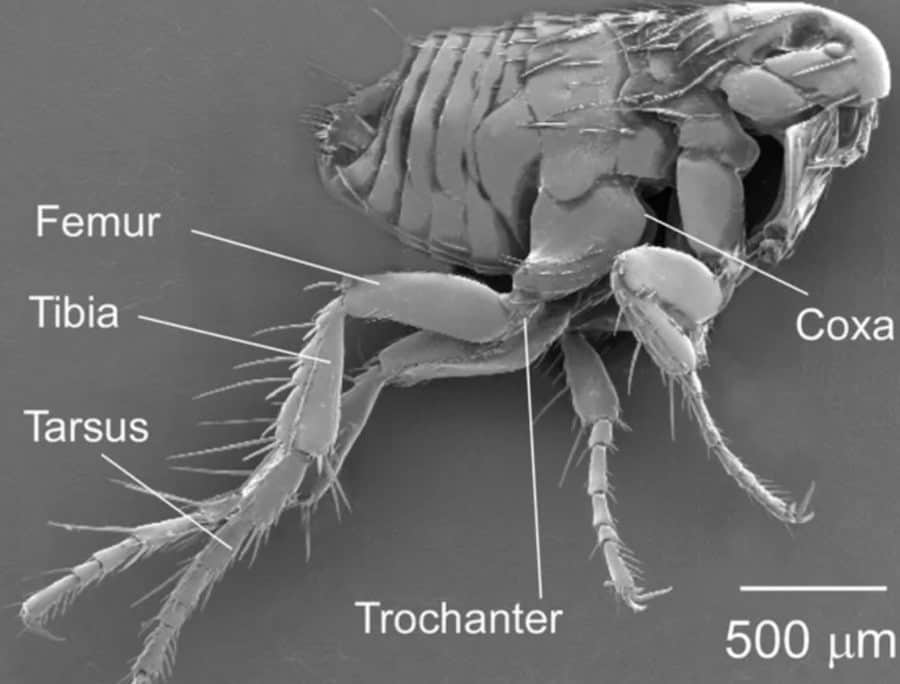
All of these biological advantages mean that fleas outdoors can easily leap onto your companion. A flea could even grip onto your shoe or the leg of your pants unnoticed and be carried into your home. From there onwards, it can attach itself to your dog.
Contrary to popular belief, it is not likely that fleas on one pet will transfer to another. This only happens if the infestation is extreme, as with stray, feral or wild animals.
Rather, a pet can indirectly infect other pets by bringing fleas into your home. Keep in mind that fleas can breed alarmingly quickly in the right circumstances.
Female fleas will lay eggs on the host animal, as they require sustenance to reproduce. These eggs will not hatch on your pet–they slip off into the environment, landing and settling wherever your pet happens to be at the time. This can include your yard, your pet’s bedding, or your furniture.
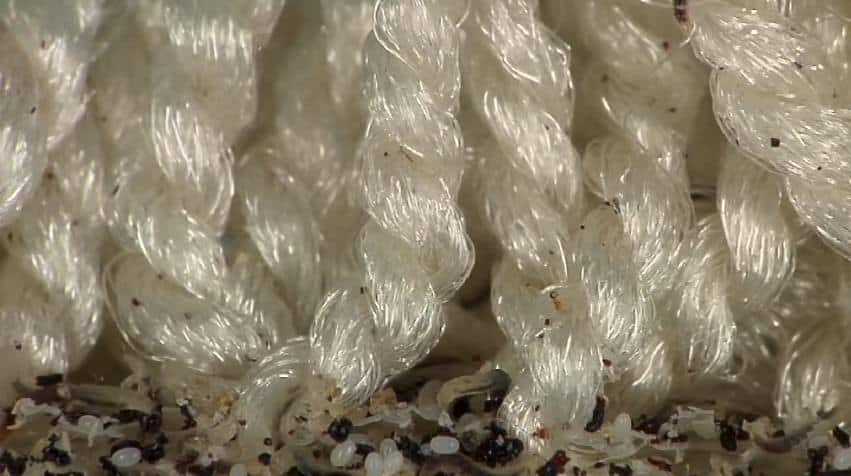
Flea larvae will eventually hatch from the eggs. These larvae do not need a host to survive. They feed off organic waste such as the feces of adult fleas and skin cells. These larvae form a cocoon from which an adult flea will emerge, sustaining the flea population and worsening the infestation.
How to Tell If Your Dog Has Fleas
A flea infestation can spiral out of control if left untreated. The quicker you identify that your furry family member has fleas, the faster you can go about getting rid of them. For this reason, it is essential to learn the potential symptoms of fleas on your dog.
One of the most identifiable features of fleas in dogs is excessive scratching. The bites of these blood-sucking pests irritate the animal’s skin, causing itching. You might notice that your dog is constantly licking or even biting itself.
This obsessive scratching can lead to other telltale secondary signs of fleas. These include thinning fur, scabs and raw spots on the skin, known as hotspots. Keep in mind that repetitive scratching and licking that lasts for more than a few days should be addressed by your veterinarian.
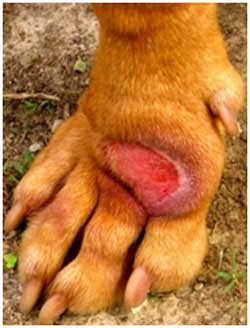
Some pets are particularly sensitive to the proteins found within a flea’s saliva. This can result in a condition known as flea allergic dermatitis (FAD). This could cause the development of skin lesions, known as papules, across affected areas. Hair loss tends to occur as well.
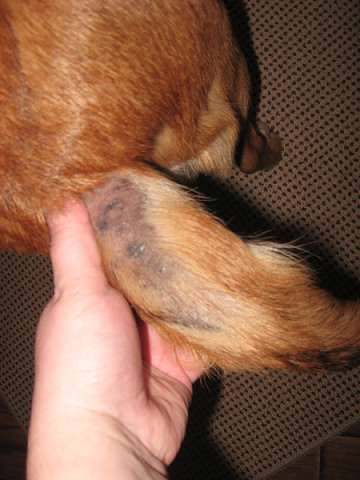
If the fleas are not eliminated quickly, this disorder can cause serious harm to your dog. Your pet may be extremely restless and uncomfortable most of the time. Flea allergic dermatitis can lead to permanent hair loss and even bacterial infections.
If you suspect your canine may have acquired fleas, you can start with a simple physical examination. Aside from adult fleas, look for tiny, dark grains caught in your pet’s fur: these are flea feces, also known as flea dirt. You may also be able to spot minuscule, white flea eggs that have yet to fall off your dog.
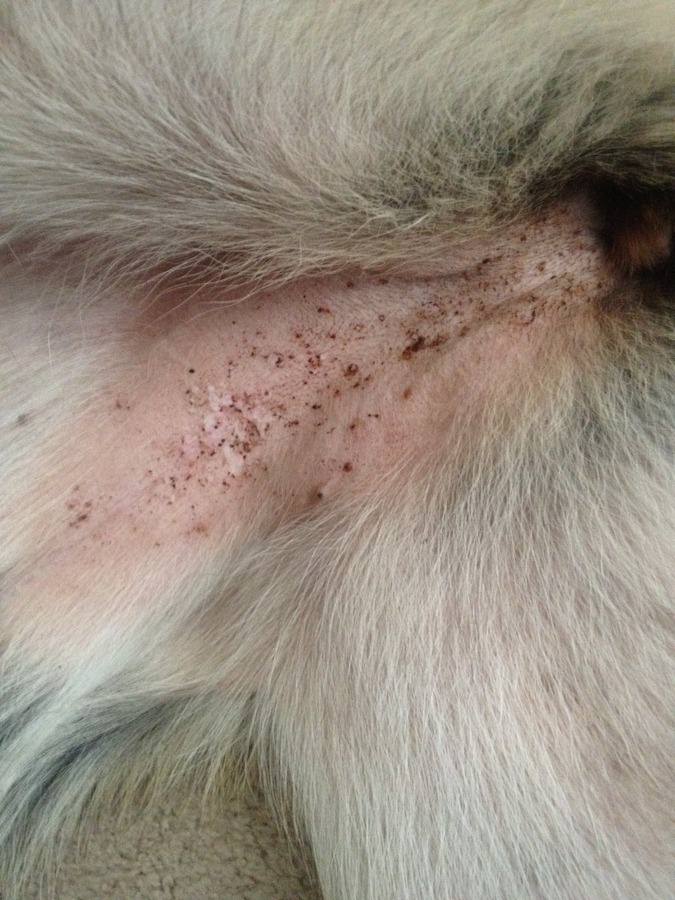
If your dog has long, thick fur you can use a flea comb to check for signs of fleas. These are thin-toothed combs specially formulated to catch adult fleas, as well as waste and eggs in your pet’s fur.
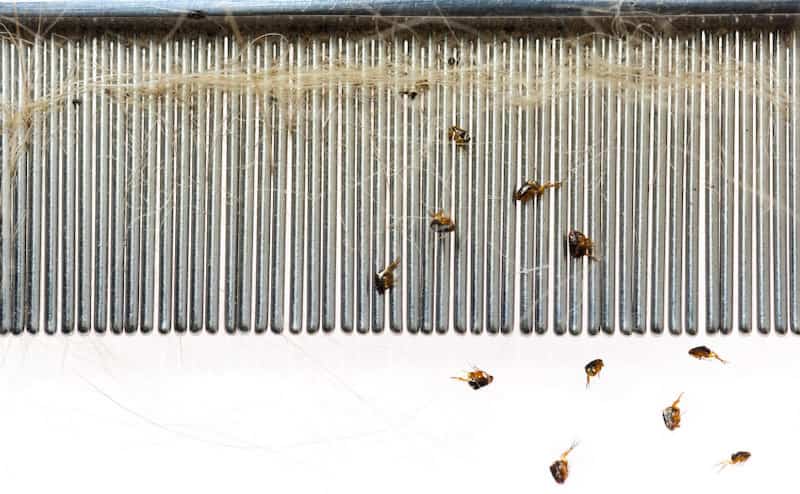
These bloodsucking pests tend to accumulate near the base of your dog’s tail, on their head, and in the abdomen area. Check here for more information about what fleas look like on dogs.
How to Get Rid of Dog Fleas
You have a range of options when it comes to getting rid of fleas on your dog. There are numerous flea treatments on the market in the form of collars, powders, sprays, shampoos and more. It is preferable to consult your veterinarian before beginning any flea treatment.
Flea treatment medications contain ingredients that can be toxic to your dog if misused. If your dog is elderly, very young, or has a health condition, some treatments might not be suitable. Never use a flea medication intended for a dog of a different age or size. For example, a flea collar made for an adult dog can be lethal for a puppy.
Whichever treatment you select, follow product guidelines explicitly. If you have other animals in your household, such as cats, you may have to separate them during the treatment phase. Mutual grooming can lead to an accidental poisoning.
If you are using a flea treatment on your dog for the very first time, do not leave your pet alone afterwards. Adverse reactions can happen, even if you use the product correctly.
If your dog displays any unusual reactions such as drooling, or if a skin rash develops, take your pet to an emergency veterinary care center.
Getting your dog flea-free is not just about flea medication. Remember that the adult fleas you can see on your pet are only a small percentage of the total flea infestation.
There are flea eggs and larvae scattered throughout your home. While you are treating your dog and any other pets, you must simultaneously treat your home.
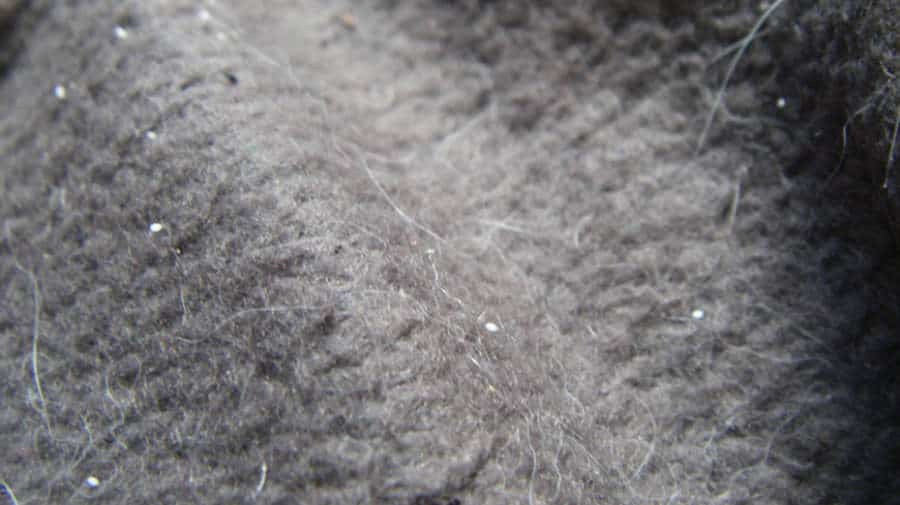
Getting rid of fleas is an effort that involves targeting your entire home, both indoors and outdoors. We have established that flea eggs can accumulate and hatch anywhere your dog spends time.
This means that pet bedding, outdoor kennels or dog houses, and toys all have to be thoroughly washed with soap and hot water.
Before you jump into using an insecticide, start vacuuming. This can help to get rid of a significant amount flea eggs, larvae or cocoons hidden in carpets or cracks in the floor. Do not neglect areas under furniture, and focus on your pet’s favorite resting spots.
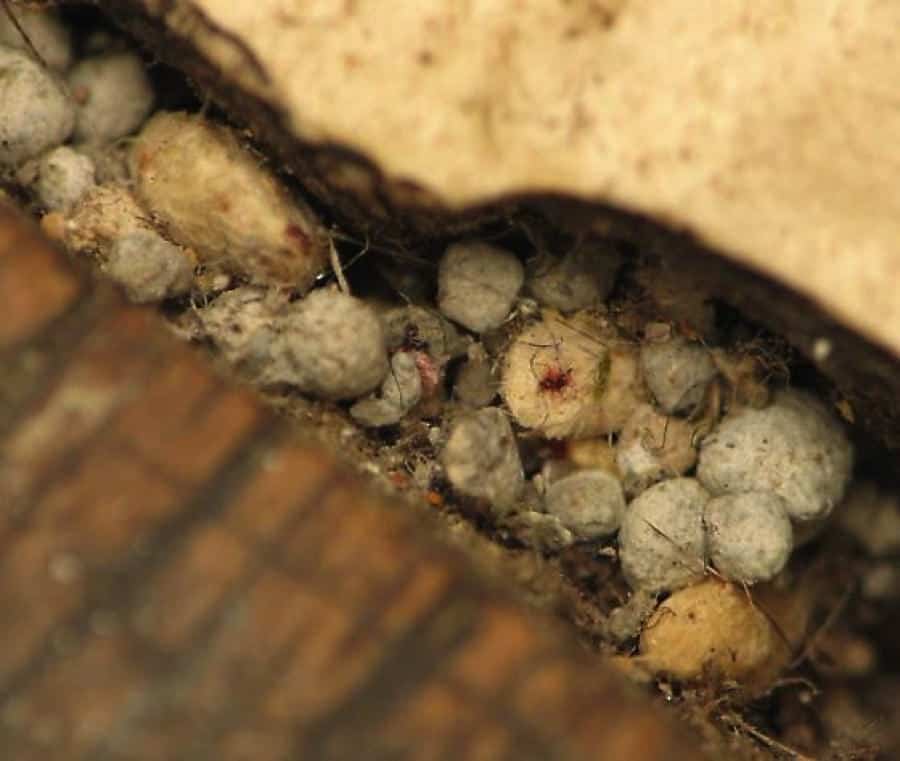
Take care to immediately dispose of the vacuum bag in a sealed container when you are finished.
When selecting an insecticide (whether for your yard or home), keep your household in mind. If you have small children, you will want to find a child-friendly as well as a pet-safe pesticide.
Outdoors, neaten up your yard. Overgrown flora and fauna, piles of refuse and long grass are ideal breeding grounds for fleas. Direct sunlight is an excellent natural weapon against fleas in the early stages of life. Without darkness and humidity, flea eggs and larvae are more likely to die off.
If you are a gardener, you do not have to kill off your prized plants along with the fleas. There are natural insecticides that can destroy fleas without harming vegetation. Diatomaceous earth is effective against both flea larvae and adults, and is beneficial to plants also.
Fleas are most active during the hot summer months, meaning you should treat your dog with a flea repellent beforehand. If you live in a region that is hot all the year round, your dog will require regular anti-flea treatments.
Take precautions accordingly, by keeping your yard clean and discouraging wild animals from nesting or visiting. If your dog contracted fleas from a certain location, a boarding kennel perhaps, then avoid taking your pet there in the future.
Summary
Getting rid of dog fleas takes persistence and vigilance. There is no one-size-fits-all solution to getting your canine companion and your home free of fleas. You will have to employ multiple strategies to ensure success.

